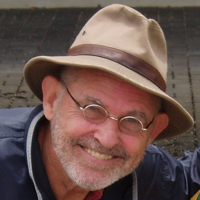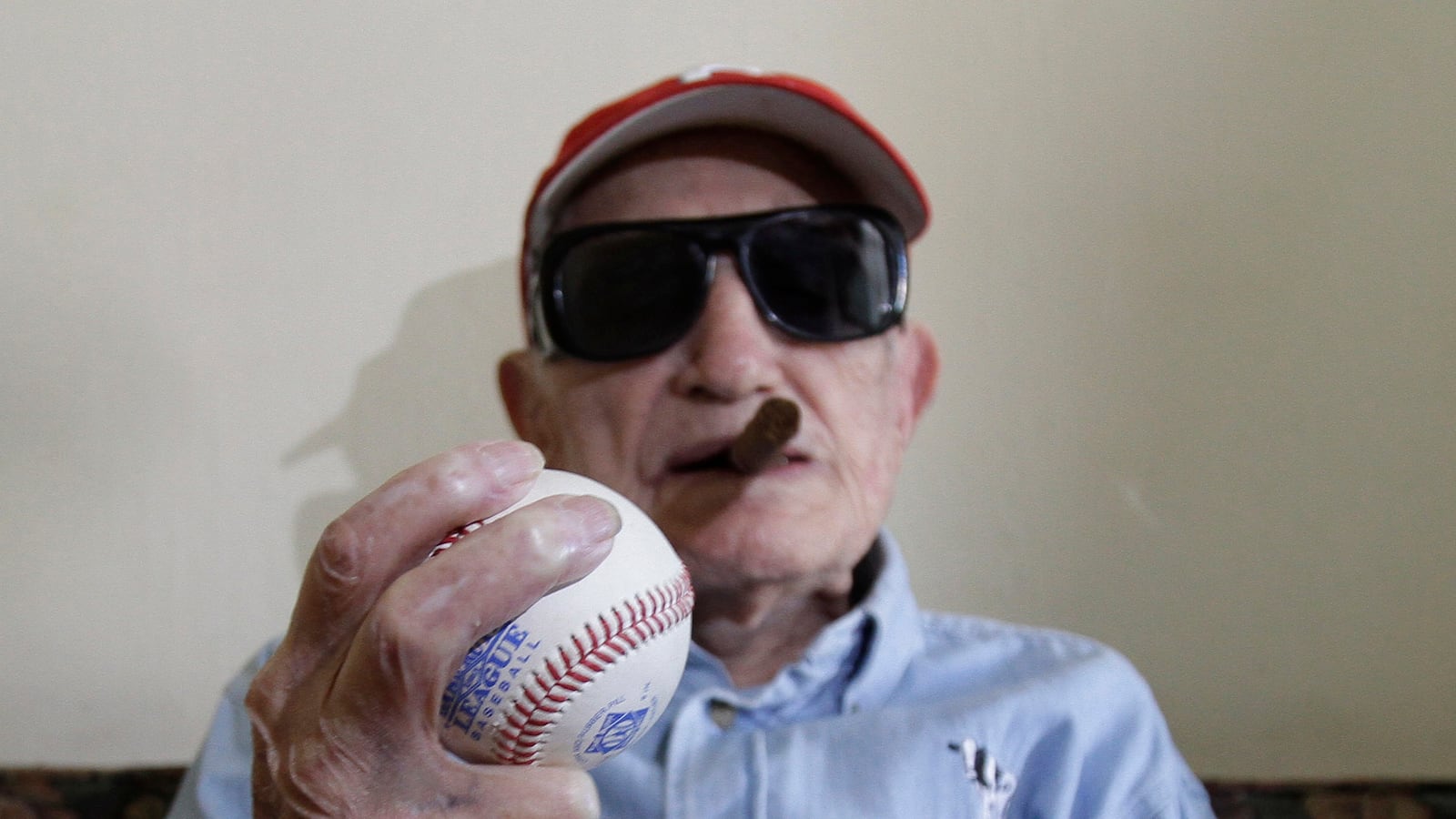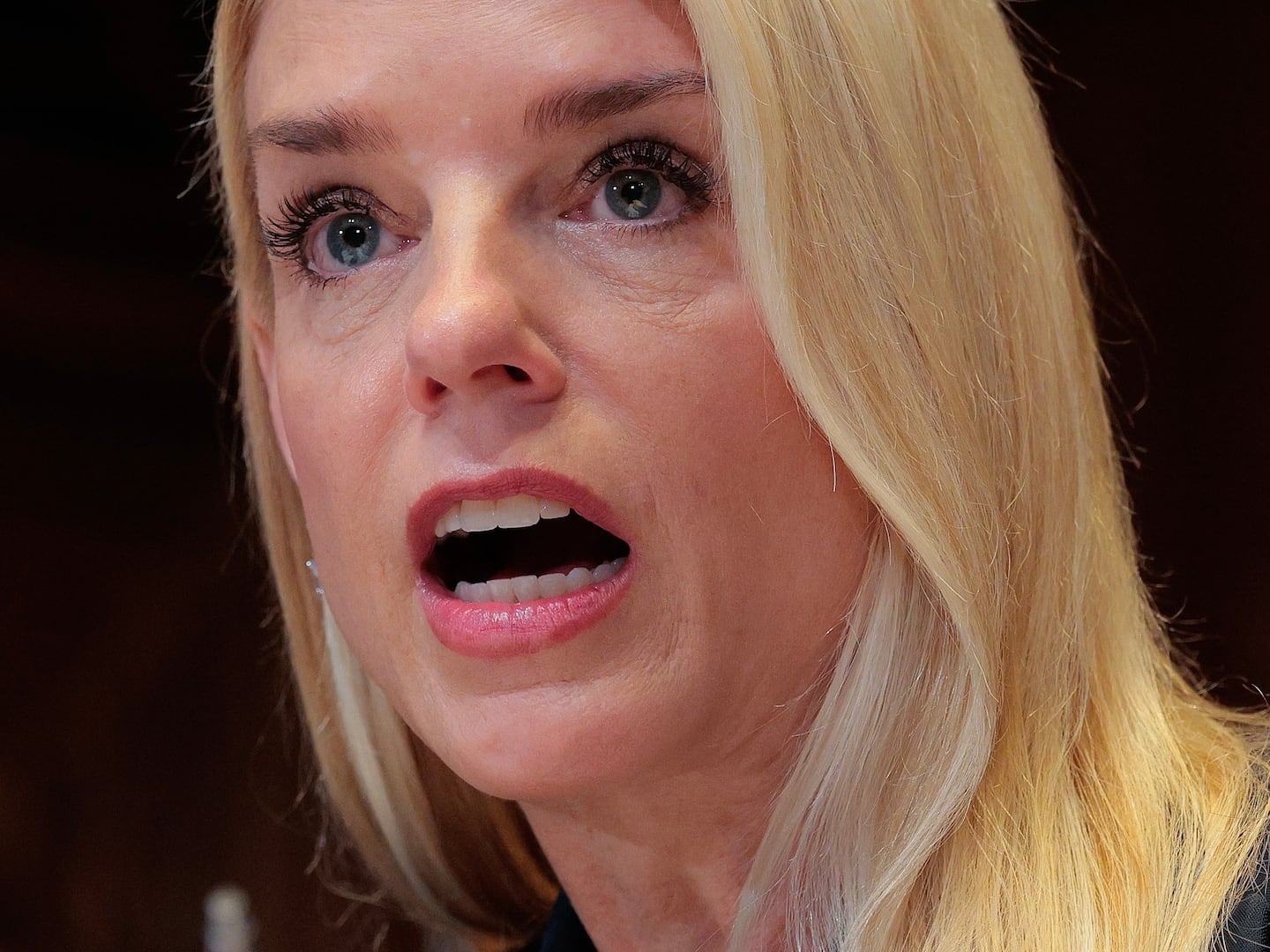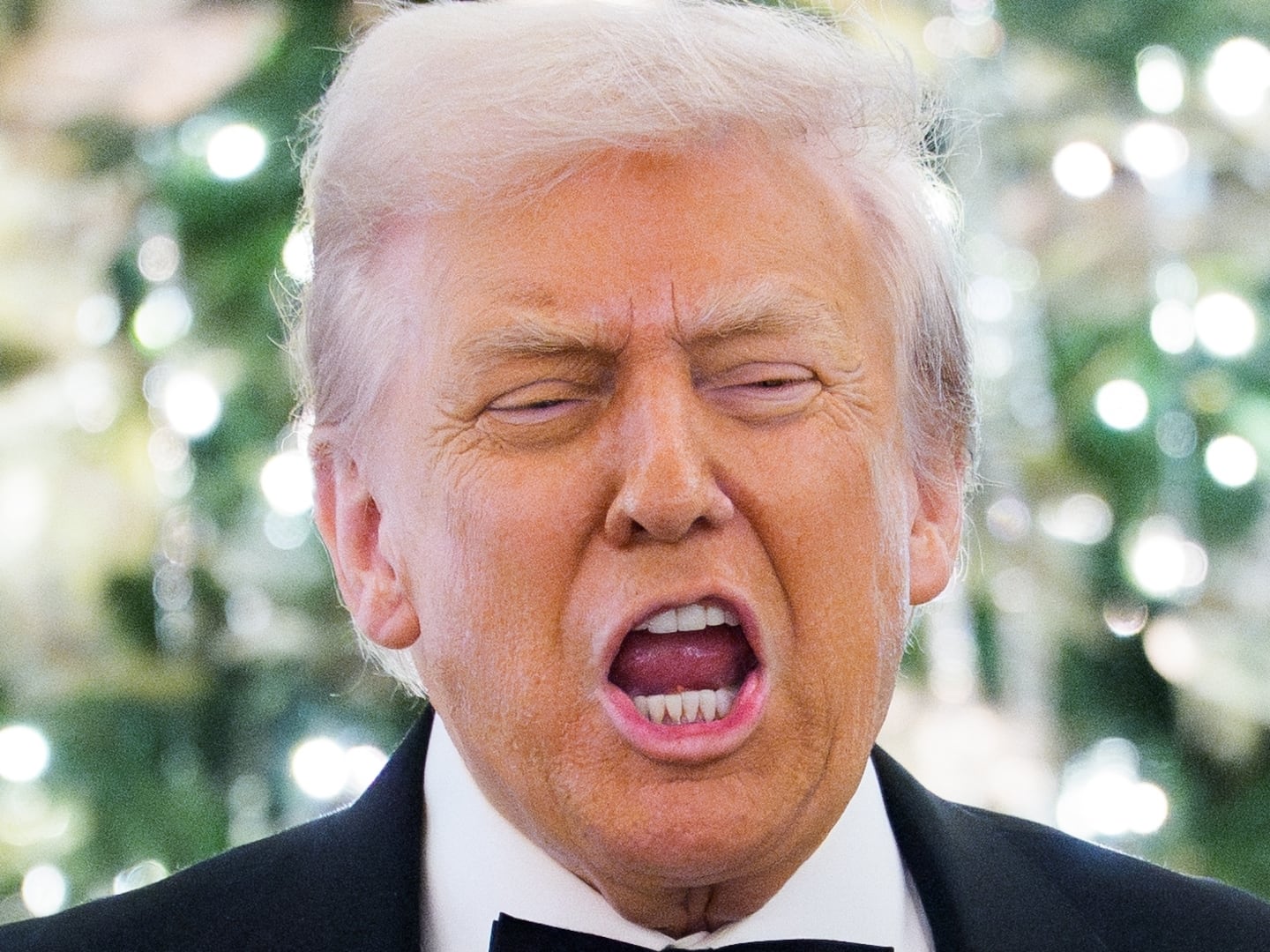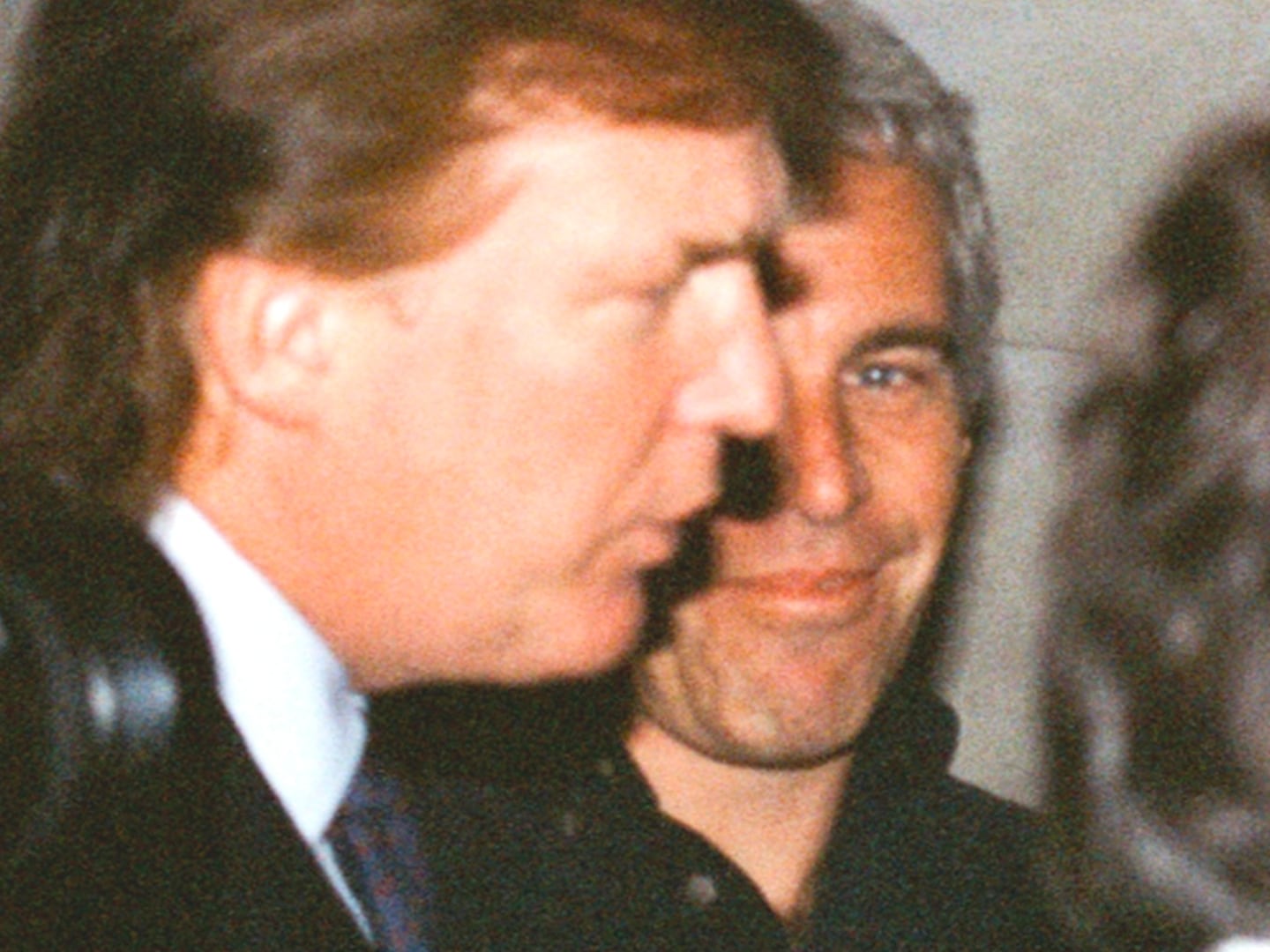An era encompassing more than half of baseball’s entire formal history closed obscurely this week for both the Cuban and North American versions of a shared national pastime when the oldest surviving big leaguer, Conrado Marrero, passed away quietly in his beloved homeland. The news of the Cuban legend’s final passage in Havana came less than 48 hours before a planned national celebration of the ex-pitcher’s milestone 103rd birthday.

There was little notice of the event anywhere north of the Straits of Florida—no moments of silence in big league parks, no ballpark flags flown at half-staff, only a mere handful of truncated obituary notices from stateside news services. It was yet one more token symbol of the enormous gulf that has separated Havana and Washington for nearly the entire six decades since the stereotypically nicknamed “Cuban Perfecto” last toed the pitching rubber (in September 1954) for the American League team ironically housed in the North American capital city.
If Fidel Castro’s late-‘50s Communist Revolution was meant to rupture an odious North American economic and political control over the Caribbean island nation, it never entirely severed the bond long established by a shared love for baseball, the adopted national pastime of two Cold War-era enemies. More than any single individual, Marrero provided the most enduring link in that binding chain, the last living connection with the professional game’s “Golden Era” midpoint during the previous century. If a sad irony might now attach to the fact that the ancient hurler so minimally failed to reach yet another landmark anniversary, a more fitting irony now arises from the fact that this “poet of the pitching mound” would succumb on the precise date marking the deaths of the two greatest wordsmiths of Hispanic and Anglo culture—Miguel de Cervantes and William Shakespeare. Marrero—who only reached “The Show” as a belated 39-year-old rookie—always did possess an odd sense of timing.
Recent milestone birthdays placed Marrero among a small collection of baseball’s most durable veteran survivors. In April 2011 he became one of only 16 former big leaguers ever to reach the century mark, and at that time the only one still surviving. He now stands second all-time in this department behind cup-of-coffee pitcher Chester “Red” Hoff, who reached 107 before expiring back in 1998. Hoff debuted in the American League the very year of Marrero’s birth and saw action in only 23 games. Only two other professional ballplayers from any league are known to have survived longer: Negro league veteran Silas Simmons was 111 when he passed away in 2006, and Puerto Rican blackball star Emilio Navarro expired at 105 in 2011. Within this unique fraternity, Marrero boasted perhaps the most notable MLB career—only decade-long outfielder Bill Werber (who crossed the century mark seven months before his own death in 2009) was a comparably distinguished big leaguer.
Marrero himself was hardly a “cup of coffee” relic or a minor character belatedly retrieved from the dustbin of baseball history. If his big league career was short-lived, it was nonetheless substantial by almost any measure. As a junk-ball twirling 39-year-old 1950 rookie—his debut at Yankee Stadium actually came four days short of reaching that age—he was one of the more charismatic figures in baseball’s reputed Golden Era in the decade following World War II. He symbolized an early batch of Spanish-speaking countrymen pioneering with a lackluster ball club in the nation’s capital, and as a member of manager Bucky Harris’s starting rotation in 1951-1952, he was the best of the lot until Camilo Pascual and Pete Ramos came along. In his second Washington campaign, he paced the cellar-dwelling club in victories (11) and earned an American League All-Star Game selection in the process. That same spring he also tossed a complete-game one-hitter at the Philadelphia Athletics, marred only by Barney McCosky’s fourth-inning round-tripper. He was hardly an accidental big leaguer.
But ill-considered personal choices and the accidents of history always seemed to conspire against Marrero. He became a professional only in his mid-30s after suspension (for playing with a second club under an assumed name) robbed him of his livelihood in a lucrative amateur league offering plush office jobs to weekend ballplayers. By that time he had already constructed a sizable native legend inspired by several dramatic early ‘40s duels with Venezuela ace Daniel Canonico at the Havana-based Amateur World Series. The legend grew to expansive proportions during several early professional seasons on native soil with the minor league Havana Cubans. By the time he was called to Washington by the parent club, Marrero was already on the downside of a three-decade pitching career.

He would again tempt fate by casting his lot with the new brand of Cuban amateur baseball after Castro’s 1959 takeover. He successfully mentored some of his homeland’s top young pitching talent until well into his ninth decade. But the most consequential choice of all perhaps came during the celebrated Washington years when he elected not to sign on to the new player pension plan. He had apparently been counseled by sceptical teammates that paying into the system at his advanced age would be foolish. Like many Latino ballplayers of his era, he did not understand enough English to make sound decisions and was often victimized by the cultural divide.
Those early decisions would haunt Marrero decades later. In declining health during his 90s, he shared the poverty that plagued most Havana residents after the collapse of Soviet support. By his centennial year he was blind and confined to the modest third-floor apartment shared with the family of his grandson Rogelio. A debilitating fall and broken hip further strained a meager $125 monthly government stipend. Only a tenacious campaign spearheaded by Canadian Kit Krieger finally convinced a reluctant MLB Players Association to compensate Marrero and other needy pre-1980 veterans unqualified for standard pensions. (When the issue of Marrero’s plight first came to the attention of the MLB alumni group through Krieger’s tireless efforts, several association spokesmen reportedly opined that “Marrero has made his bed in Communist Cuba and now he can lie in it.”)
The money was further delayed by the red tape generated by U.S. Treasury Department trade embargo policies, and the first of two $20,000 payments was belatedly delivered only in the winter of 2012.
That more stateside notice has not been paid to Marrero’s senior survivor status is not that surprising. The American League ball club for which he labored for five seasons has been absent from the big league scene almost as long as Marrero himself. There would be little reason for the National League franchise now residing in Washington to link Marrero to its own almost nonexistent annals; present-day Washington baseball “history” is wedded to the erstwhile Montreal Expos. The Minnesota AL club that rose from the ashes of the old Washington Senators has never acknowledged a heritage in the nation’s capital.
And then of course there are lingering issues of Cuban-American Cold War politics. Marrero fell off the big league radar screen years ago when he elected to remain in Havana rather than flee the communist upheaval that so radically altered life and livelihood on his native island. If like so many of his former mid-century Cuban ball-playing compatriots he had exiled himself to Miami, he would likely have been a celebrated guest at old-timers festivities staged in big league parks or baseball memorabilia trade shows. Instead he elected to stay home in Havana, where he became a true baseball icon.
If there is indeed an element of sadness surrounding Marrero’s surprising obscurity, it is prompted less by the absence of U.S.-based celebration and more by the widespread ignorance of a truly remarkable athletic career. If there is any ballplayer from the second half of the 20th century who exemplifies the expansiveness of a baseball universe outside the realms of corporate major league baseball, it has to be Conrado Marrero. Those seasons spent with Clark Griffith’s lackluster American Leaguers represent more of a footnote than a coda to Marrero’s complex resume. As proud as he may have been of his stint in the majors, he was never defined by the brief span that only came after he had reached his prime as a stellar pitcher. To celebrate Marrero’s sparse tenure on a big league stage while remaining ignorant of the rest of the package is far more of a gaffe than any failure to adequately acknowledge those Washington years.
Marrero’s truncated career in Washington is now all too often seen through the distorting rose-tinted lens of nostalgia. Aging fans who today remember him as a Washington Senator most often cling to the perceived miracle of pitching so well as a 40-something big leaguer. But that was not at all how this chubby foreigner was celebrated by a contemporary mid-century Washington press corps. Instead Marrero was painted with the same generic stereotypes that plagued Hispanic forerunners like fellow Cuban Dolf Luque before him. A near 200-game winner and still the holder of Cincinnati’s single-season mark for victories, Luque’s own Cooperstown-quality career was always buried by exaggerated portraits of the hot-blooded Latino wild man who once charged and flattened a heckling Casey Stengel on the New York Giants bench.
Marrero’s press clippings mostly focused on his unorthodox pitching style (“his windup looked like a cross between a windmill gone berserk and a mallard duck trying to fly backwards”), or fabricated anecdotes about Ted Williams mocking an innocent locker room autograph request, or perhaps the old standby with all Latino ballplayers—those seemingly silly-sounding and demeaning paraphrased interview nuggets (“Deezy Dean, he good peetcher … he peetch too much… Me rest plenty … Me still peetch.”). And Marrero was never called Conrado by Washington scribes but always referred to by the somewhat emasculating moniker “Connie.” No one ever wrote about him that way back in Havana.
It is into this regrettable tradition of misconceptions and confusion surrounding Cuba’s legitimate baseball history that Marrero so often falls. The truth was that the colorful Cuban’s career zenith was not at all those years spent in Washington—his legacy is built on far more than merely outliving all but a handful of those who set foot on big league diamonds. To see him merely as the oldest surviving big leaguer is more to diminish than adequately celebrate his extensive and rather unparalleled career. A truly representative image of Conrado Marrero would more justly find him adorned with a patriotic Cuban national team uniform (this is indeed his portrait on the mural inside the foyer of Havana’s ancient Latin American Stadium—artwork that looms over the busts of earlier Cuban legends Martín Dihigo and Adolfo Luque) and not festooned in a Washington American League jersey.
The diamond exploits by which we might best recall him today should be those legendary battles with Daniel Canónico in pre-World War II or his stint in the late-‘40s with the Class B Havana Cubans, where he pitched over 250 innings for each of three seasons while never registering an ERA above 1.67, or even the Cuban winter league Almendares Alacranes (where he struck out 478 batters and walked only 295 during a full decade of service). Marrero’s legacy has always loomed largest in his homeland, where he remained simply “the best there was.”
